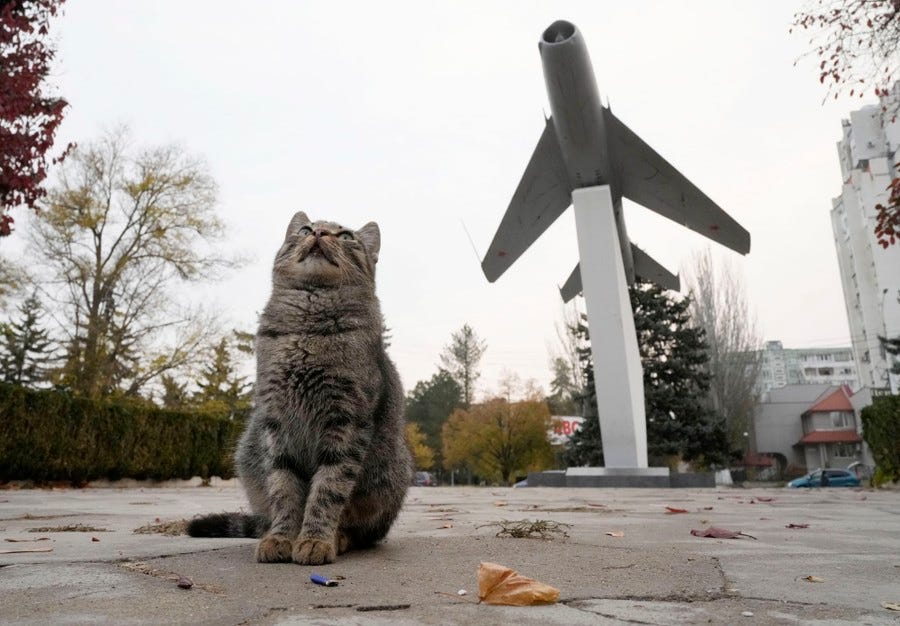
The Top 5 articles for your week:
“Did COVID Change How We Dream?” (NYT Magazine)
Because you may have heard at one point in your life that our dreams can be windows into our psyche or that they don’t matter at all. With such a huge, global, impactful event like COVID, it’s causing our dreams to change in content, frequency, and intensity.
“As the novel coronavirus spread and much of the world moved toward isolation, dream researchers began rushing to design studies and set up surveys that might allow them to access some of the most isolated places of all, the dreamscapes unfolding inside individual brains. The first thing almost everyone noticed was that for many people, their dream worlds seemed suddenly larger and more intense. One study of more than 1,000 Italians living through strict lockdown found that some 60 percent were sleeping badly — prepandemic, only a third of Italians reported trouble sleeping — and they were also remembering more of their dreams than during normal times and reporting that those dreams felt unusually real and emotional and bizarre.”
“America Has Lost the Plot on COVID” (The Atlantic)
Because this essay on how we deal with an endemic COVID-19 challenged me and my thinking, and perhaps it will challenge you on how we handle a huge policy dilemma.
“On the ground, the U.S. is now running an uncontrolled experiment with every strategy all at once. COVID-19 policies differ wildly by state, county, university, workplace, and school district. And because of polarization, they have also settled into the most illogical pattern possible: The least vaccinated communities have some of the laxest restrictions, while highly vaccinated communities—which is to say those most protected from COVID-19—tend to have some of the most aggressive measures aimed at driving down cases. “We’re sleepwalking into policy because we’re not setting goals,” says Joseph Allen, a Harvard professor of public health. We will never get the risk of COVID-19 down to absolute zero, and we need to define a level of risk we can live with…But the level of COVID-19 risk we can live with is also not an entirely scientific question. It is a social and political one that involves balancing both the costs and benefits of restrictions and grappling with genuine pandemic fatigue among the public.”
“When the Unstoppable Activists Met Their Match” (Politico Magazine)
Because this piece covers the recent trajectory of a progressive group calling for radical climate change policy called the “Sunrise Movement.” The essay explores not just how a progressive group organizes and creates messaging, but the perils of mission-creep, polarization, and movements for policy change built on strict ideology.
“With China, a ‘Cold War’ Analogy Is Lazy and Dangerous” (NYT)
Because a pre-eminent foreign policy scholar warns experts in Washington that recent framing of US-China relations as a “Cold War” is lacking in insight of history, current politics, and our deep interdependence with China.
“For better and worse, we are locked in a “cooperative rivalry” with China that requires a strategy that can accomplish those two contradictory things — compete and cooperate — at the same time.”
“A Death Full of Life” (Beside Magazine)
Because this is a lovely little essay on the cultural and social importance of cemeteries, places which are (no pun intended) dying out. But cemeteries also have an environmental impact, and their place in communities are being re-imagined.



